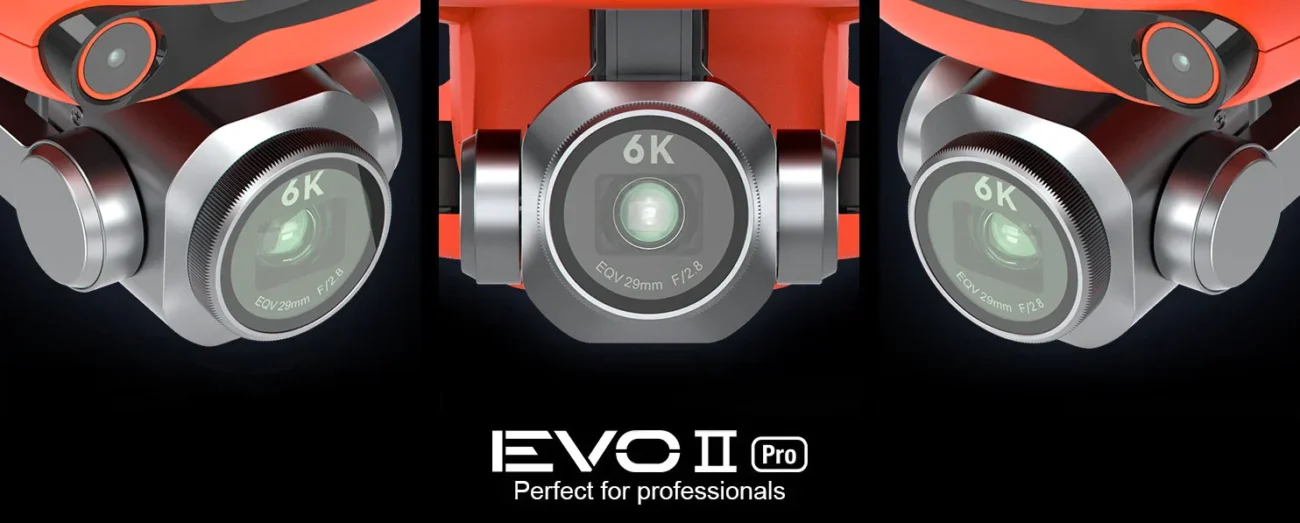Jordan Grant & Associates Drone Surveying and Photogrammetry
Photogrammetry is the science and technology of obtaining reliable information about physical objects and the environment through the process of recording, measuring and interpreting photographic images and patterns of electromagnetic radiant imagery and other phenomena.
Photogrammetry is used in fields such as surveying, topographic mapping, architecture, engineering, manufacturing, quality control, police investigation, cultural heritage, and geology. Archaeologists use it to quickly produce plans of large or complex sites, and meteorologists use it to determine the wind speed of tornadoes when objective weather data cannot be obtained.
Mapping : Photomapping is the process of making a map with “cartographic enhancements”[16] that have been drawn from a photomosaic[17] that is “a composite photographic image of the ground,” or more precisely, as a controlled photomosaic where “individual photographs are rectified for tilt and brought to a common scale (at least at certain control points).”
Rectification of imagery is generally achieved by “fitting the projected images of each photograph to a set of four control points whose positions have been derived from an existing map or from ground measurements. When these rectified, scaled photographs are positioned on a grid of control points, a good correspondence can be achieved between them through skillful trimming and fitting and the use of the areas around the principal point where the relief displacements (which cannot be removed) are at a minimum.”[16]
“It is quite reasonable to conclude that some form of photomap will become the standard general map of the future.” They go on to suggest that, “photomapping would appear to be the only way to take reasonable advantage” of future data sources like high altitude aircraft and satellite imagery. The highest resolution aerial photomaps on GoogleEarth are approximately 2.5 cm (0.98 in) spatial resolution images. The highest resolution photomap of ortho images was made in Hungary in 2012 with a 0.5 cm (0.20 in) spatial resolution.
3D Modeling : A somewhat similar application is the scanning of objects to automatically make 3D models of them. Since photogrammetry relies on images, there are physical limitations when those images are of an object that has dark, shiny or clear surfaces. In those cases, the produced model often still contains gaps, so additional cleanup with software like MeshLab, netfabb or MeshMixer is often still necessary.[39] Alternatively, spray painting such objects with matte finish can remove any transparent or shiny qualities.
Google Earth uses photogrammetry to create 3D imagery.




